Gary Ross

(Director, The Hunger Games, Seabiscuit, Pleasantville)
The Omen and American Beauty
Jerry Goldsmith was one of those composers who could write in any idiom (I can still hear the indigenous flutes in Under Fire) He wrote so many iconic scores: Patton, Chinatown, Papillon, A Patch of Blue, Alien. But his score for The Omen, which twisted Gregorian chants into a horrific nightmare still haunts me to this day. Everyone talks about how the score to Jaws evoked such terror — and it did. It’s virtually perfect. But The Omen is right up there with it. It makes you scared to set foot in a church.
It’s hard to explain what Thomas Newman’s score does to the film American Beauty. The use of the marimbas with their jaunty twisted celebratory vibe (pun intended) invokes a weird carnival-like atmosphere. The implicit demand that suburbia be upbeat and happy makes it all the more tragic. It’s almost impossible to capture those contradictions in music. Somehow, Tommy Newman did.
Julie Taymor
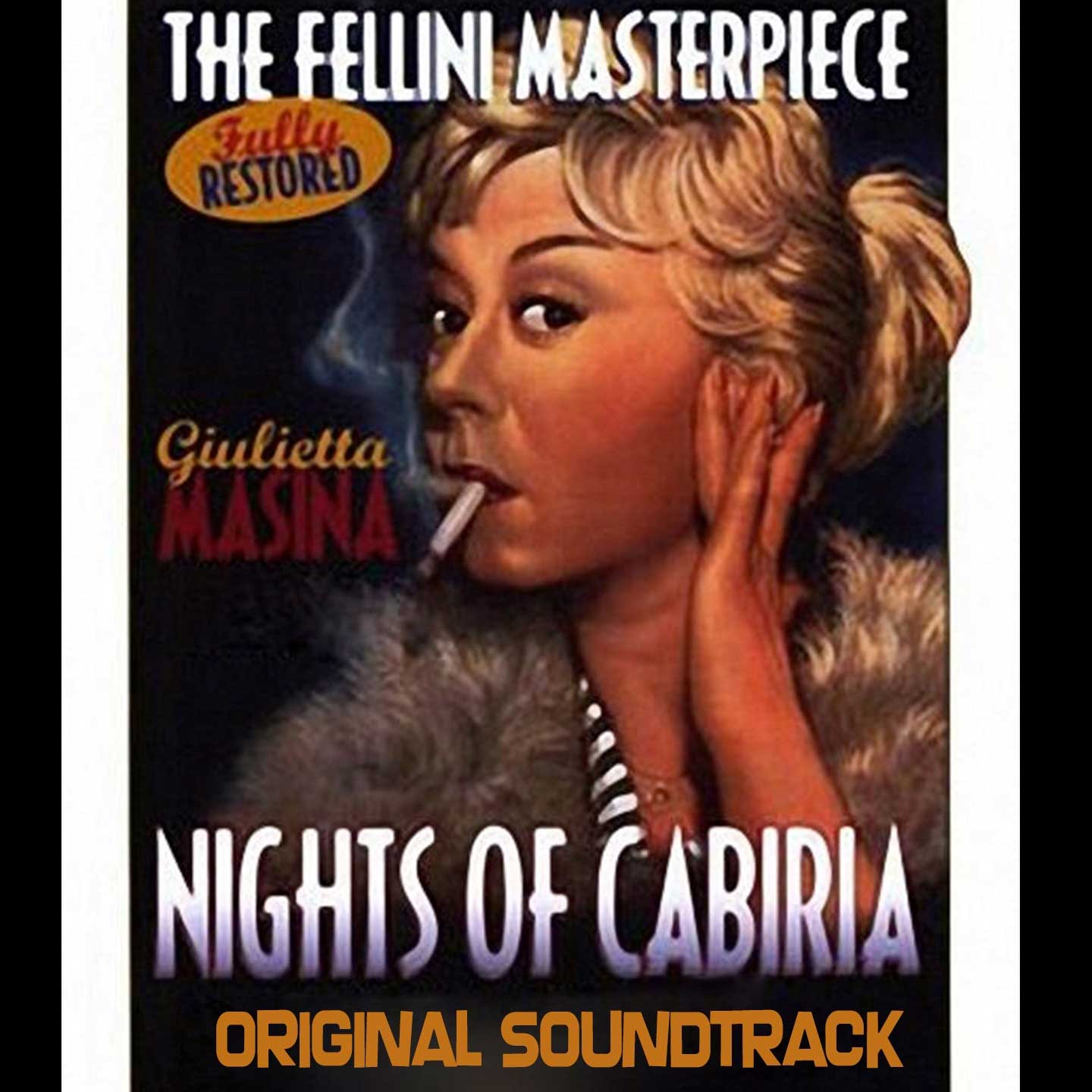
(Director, Across the Universe, The Tempest)
Nights of Cabiria
An impossible task — choosing a favorite film score — but here is one of the thousands: Nino Rota’s Nights of Cabiria, a film by Fellini. The score is the voice, the inner landscape of the film’s lead character played by Giulietta Masina. Yearning, crying, laughing; it shifts moods and textures with an easy twist of light orchestration and dark chords. It is both behind and within the scenes as the characters dance and sing to its melodies. And it is quintessential Nino Rota.
John Landis
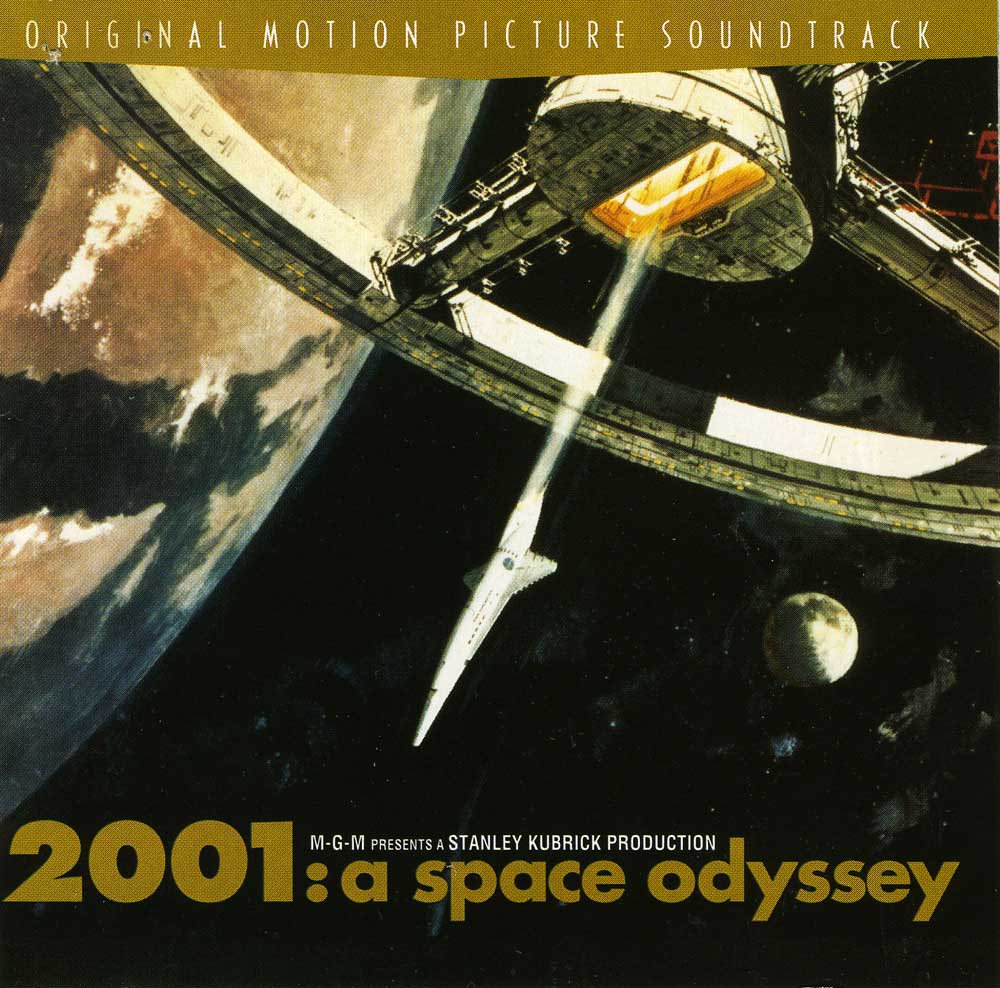
(Director, Animal House, The Blues Brothers)
Various
The best needle drop example I can think of is the way Stanley Kubrick used an existing Deutsche Grammophon recording of “The Blue Danube” by Johann Strauss as the music for the space station sequence in 2001: A Space Odyssey. George Lucas’s use of rock and roll in American Graffiti and Marty Scorsese’s use of rock and roll in Goodfellas are two more terrific examples of “needle drop.”
As for scores written for specific movies, there are many wonderful examples, from Elmer Bernstein’s rousing music for The Magnificent Seven to his very different scores for The Sweet Smell of Success, The Great Escape and To Kill a Mockingbird. Bernard Herrmann’s Hitchcok scores are all wonderful, as are the Maurice Jarre collaborations with David Lean.
Amy Heckerling
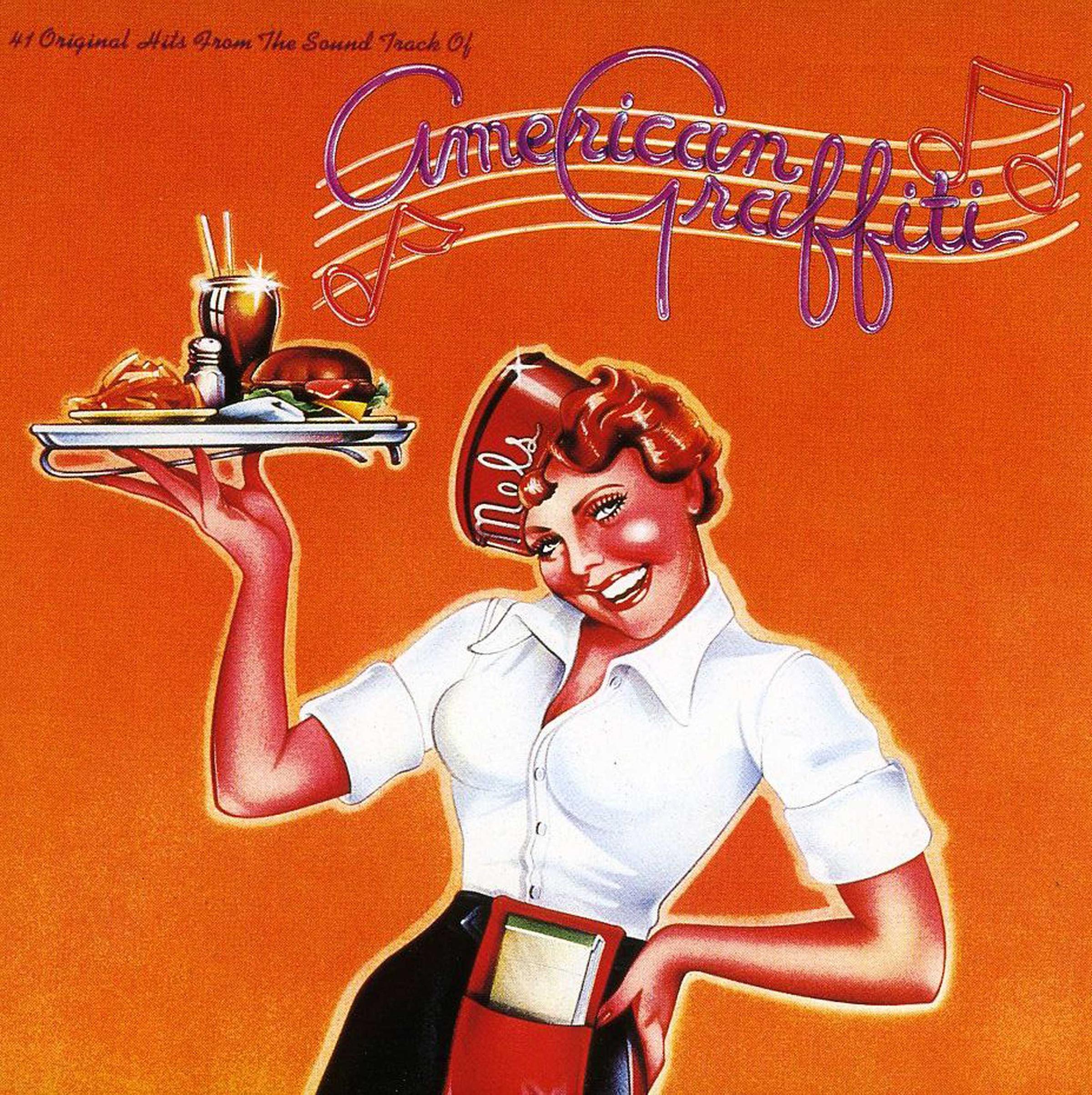
(Director, Clueless, Fast Times at Ridgemont High)
American Graffiti
When I first saw it, I was a teenager, and I just went crazy for it. I had never been to California, and suddenly there was this sparkly land of cute people and tons of music, and they were in cars, and I thought you had to be really rich to be young and have a car! It just seemed incredibly magical to me, and I had no idea that such a place existed.
I always loved movies with tons of music, and I was always a fans of musicals. In American Graffiti, it was so organic, because you have car radios, so it made sense. It was automatic to what they were doing, which was running around in cars, and cars have soundtracks. There was a sense of humor to the way it was used. You didn’t feel like, oh, here’s a sad guy and they’re playing a sad song. It was Richard Dreyfuss — who was, I think, about the cutest human being there could be then — “The Great Pretender,” and hanging around with the gang, the Pharaohs, but he was obviously the smart nerd guy. It was just adorable the way it fit together. And then when he goes to the radio station and hears “You Saw Me Crying in the Chapel”? Well, it was a radio station and not a chapel, but it was a form of religion. But it wasn’t saying that in a serious way — it was saying it in a humorous way.
Nicole Holofcener

(Director, Enough Said, Friends With Money)
The Moderns
I was living in New York City in the mid-’90s, and it was summer. I had nowhere to go and no friends with houses in the Hamptons. I wanted a boyfriend, and I wanted to be a filmmaker. I spent most of that hot miserable summer lying on my couch with a fan blowing on me, listening over and over to [Mark Isham’s] soundtrack. It was exquisite and haunting and sensual, and somehow expressed my lonely, humid state of mind beautifully.
Pete Docter
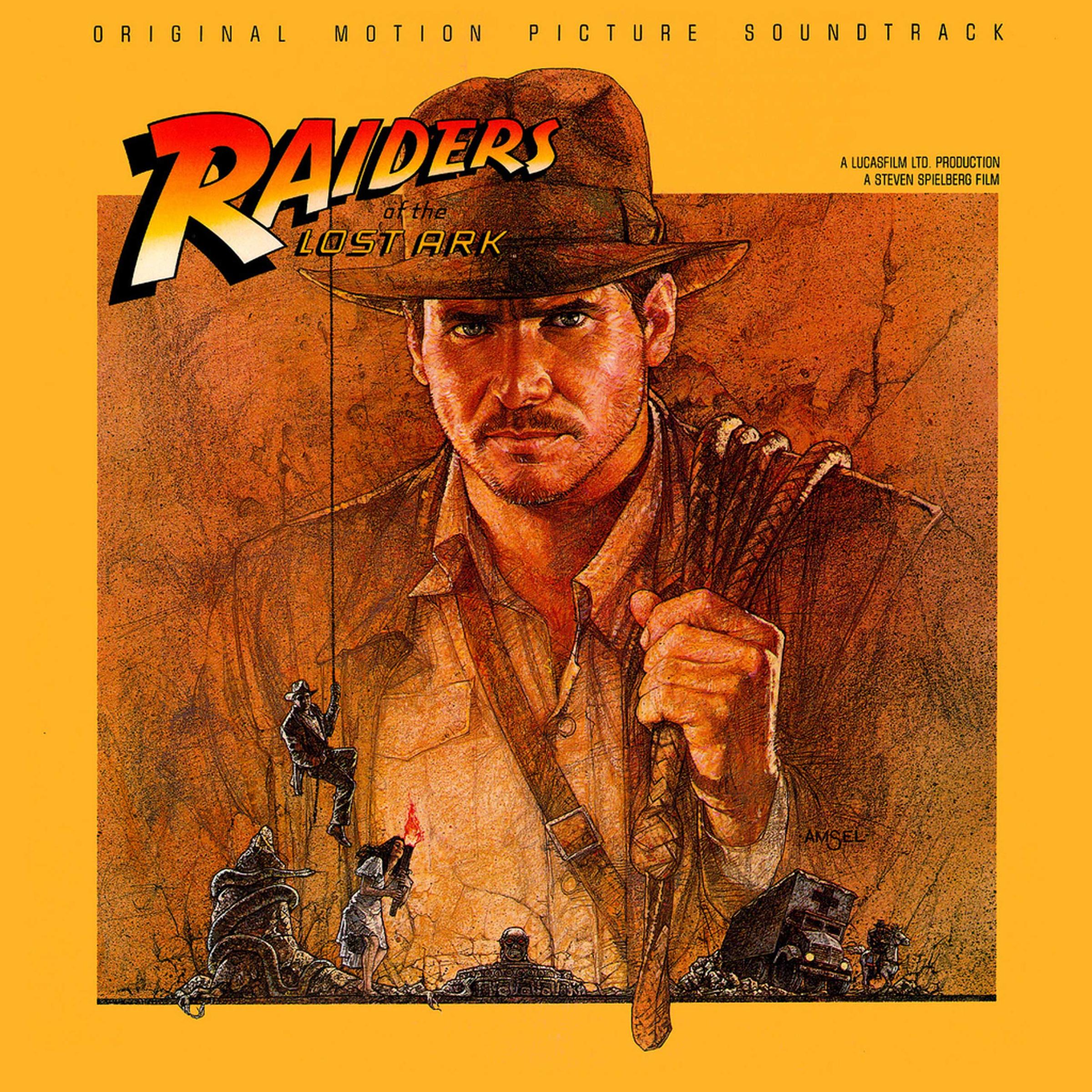
(Director, Up, Monsters, Inc.)
Alexander Nevsky and Raiders of the Lost Ark
My parents are classical music lovers and I was introduced to the music from Alexander Nevsky (1938, by Sergei Prokofiev) years before I ever saw the film. It’s bold and sweeping, with themes that get stuck in your head, and dramatic moody parts. I love the “Battle on the Ice” sequence — it starts quietly with great tension, and builds slowly to a driving peak. I used this as the soundtrack for many films I made as a kid, which created the illusion of them actually being interesting. Apparently Prokofiev wrote the music after seeing a rough cut from director Sergei Eisenstein. Inspired, Eisenstein reshot and cut footage to the music — an unusual way to work, which tells of their mutual respect and admiration for each other’s work. It was kind of a shock to me when I finally saw the film; it sounds like they recorded the soundtrack on tin foil and used that to wrap borsht. It’s tinny and thin, a completely inadequate representation of Prokofiev’s dynamic, powerful music. Luckily there are many great re-recordings of the score available.
I was 12 when Raiders of the Lost Ark came out (in 1981, with music by John Williams), and it instantly lodged in my brain. I came out of the theater humming the theme, and to this day it conjures up images from the film whenever I hear the music. The musical themes evolve along with Indy; the music tells the story. It’s an integral part of the film; you can’t imagine the movie without this score. If that’s not a great movie score, I don’t know what is.
Gustavo Santaolalla
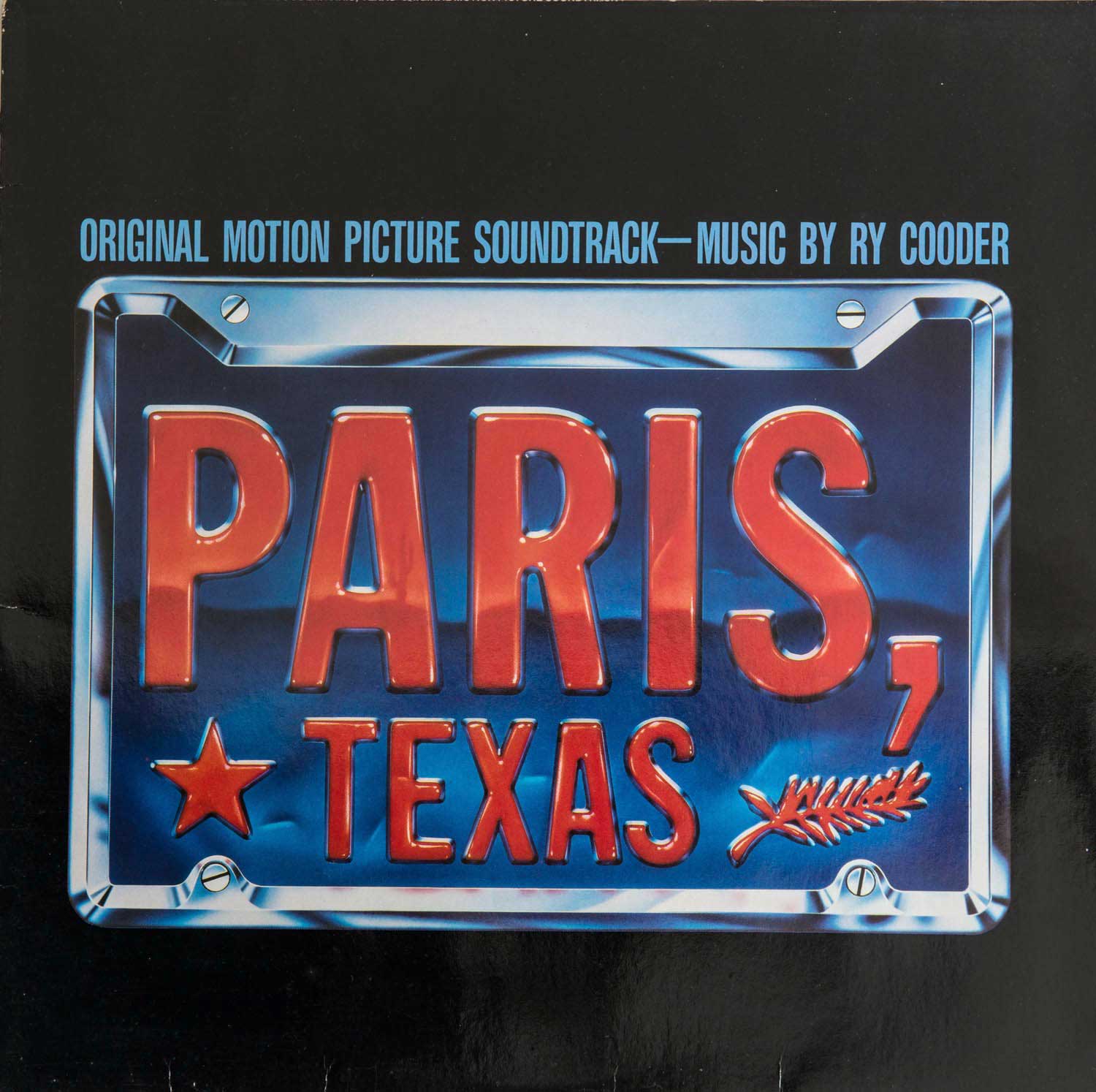
(Composer, Brokeback Mountain, Babel)
Paris, Texas and The Good, The Bad and the Ugly
There are too many movies and composers that I admire and look up to, but I will point to two that always come to my mind: Paris, Texas by Ry Cooder and The Good, The Bad and the Ugly by Ennio Morricone are two film scores that definitely made an impact on me. Between Cooder’s minimalistic use of a slide guitar and space, and Morricone’s textures, timbres and unforgettable melodies, they have given me parameters that I usually find myself going back to.
Kristen Anderson-Lopez

(Composer, Frozen)
The Wizard of Oz
If I have to pick one (which is unfair because I’d really like to make my top 100 list), I’d have to say The Wizard of Oz (songs by Harold Arlen and E.Y. “Yip” Harburg) is the biggest game-changer [and the] most entertaining score of all time. Ask anyone age 5 to 105, and chances are they can sing the iconic melody of “Over the Rainbow,” but more importantly, they can point to a moment in their own experience when they felt what Dorothy feels when she looks to the sky and sings: “If happy little bluebirds fly beyond the rainbow / why oh why can’t I?” The story structure is referenced in every single writers’ room on the planet. And let’s not forget: it has a strong female protagonist driving the story.
Robert Lopez
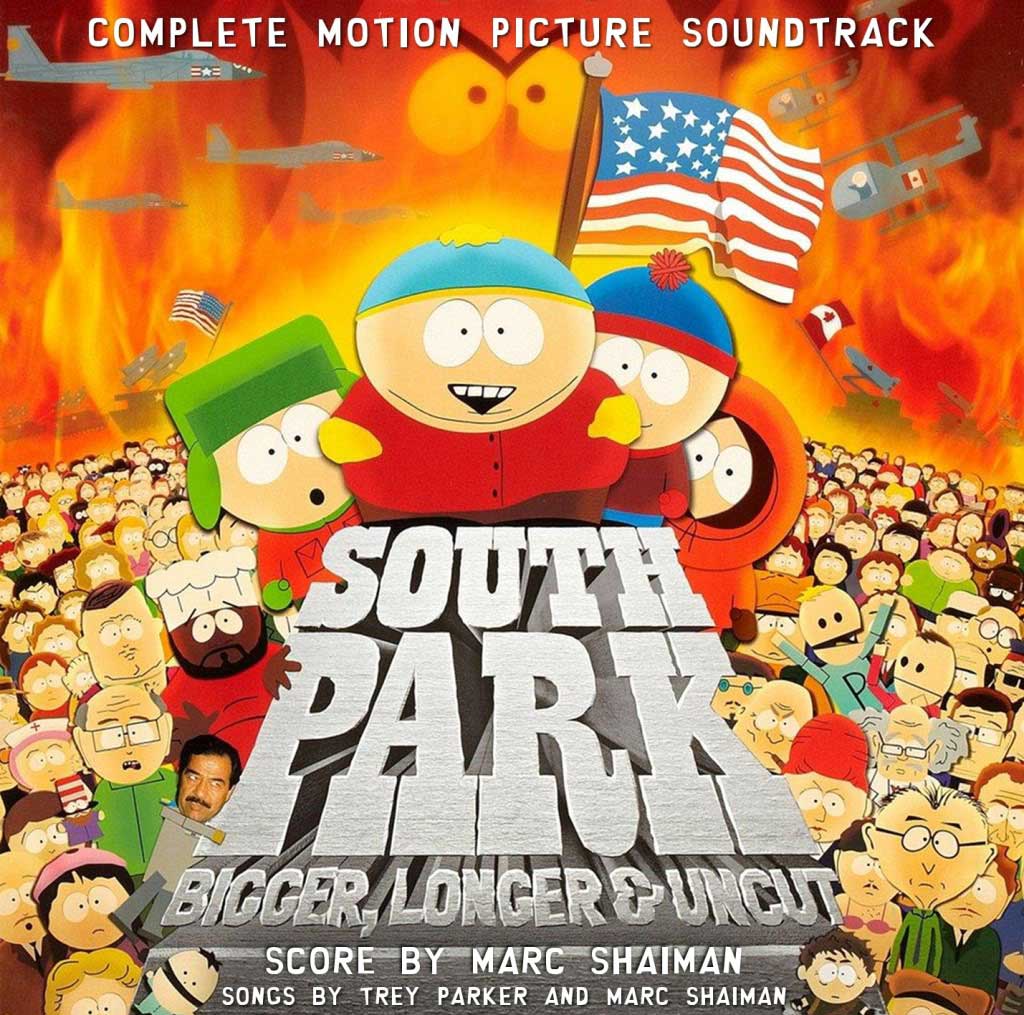
(Composer, Frozen, Avenue Q, Book of Mormon)
South Park: Bigger Longer and Uncut
South Park: Bigger Longer and Uncut (songs by Trey Parker with Marc Shaiman) is by far the funniest movie musical of all time and one of the greatest. The songs (“What Would Brian Boitano Do,” “Blame Canada,” to name two out of the 11) are all shockingly hilarious spoofs, as you’d expect — but also carry the story forward engagingly with grace and masterful economy. Without this movie there would be no Avenue Q or Book Of Mormon – it changed everything for me.
More Must-Reads From TIME
- The 100 Most Influential People of 2024
- The Revolution of Yulia Navalnaya
- 6 Compliments That Land Every Time
- What's the Deal With the Bitcoin Halving?
- If You're Dating Right Now , You're Brave: Column
- The AI That Could Heal a Divided Internet
- Fallout Is a Brilliant Model for the Future of Video Game Adaptations
- Want Weekly Recs on What to Watch, Read, and More? Sign Up for Worth Your Time
Contact us at letters@time.com